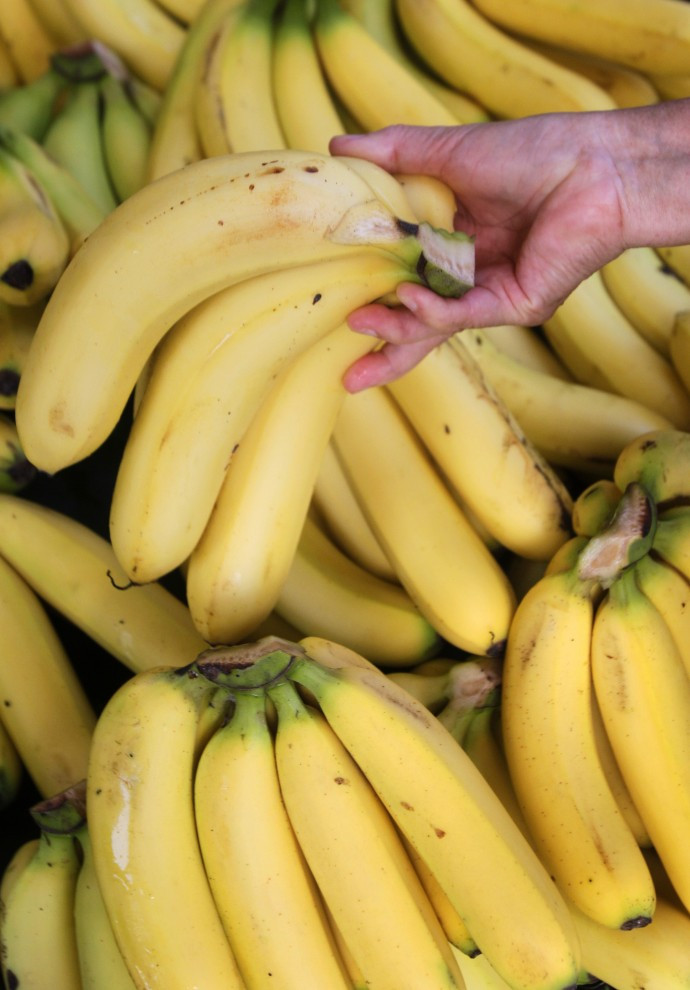Biotechnology: Gene Editing Could Turn GM Crops More Attractive, Says Scientist

Consumers can soon eat vitamin-enriched bananas or apples that do not turn brown on exposure without having to check for GM labels.
Advances in precise editing of fruit genomes promise that, says a Science Daily report, quoting the journal Trends in Biotechnology.
Genetic editing could be the next big thing in the world of biotechnology research. In fact, GEOs or genetically edited organisms could be the natural step to sustainable agriculture, according to a scientist, Chidananda Nagamangala Kanchiswamy of Istituto Agrario San Michele in Italy.
New tools allow scientists to make minute alterations to the DNA of a fruit and obtain major changes. This could involve deletion or altering of existing genes, sometimes just switching on or off a gene.
By doing away with the transgenic technology which sees the insertion of a foreign gene in the DNA of an organism, genetic editing allows for similar fruits of research by merely tinkering with the genes of an organism.
This could help overlook the present opposition to genetically modified crops, the scientist said.
Dangers of gene editing
The fact, however, remains that the crop is "modified" even if it does away with transgenics.
It is a well-known fact in genetics that a single gene is often responsible for more than one trait. By silencing it or enhancing it, there are big risks involved.
In the recent past, researchers including genetic engineering experts and political scientists have warned of a potential "ecological mayhem" because of genome editing, and called for special attention from regulators.
A report in MIT Technology Review had warned of how the tools available now make it easier for scientists to tinker with genes without knowing the effects of giving one gene an edge over another.
© Copyright IBTimes 2025. All rights reserved.





















